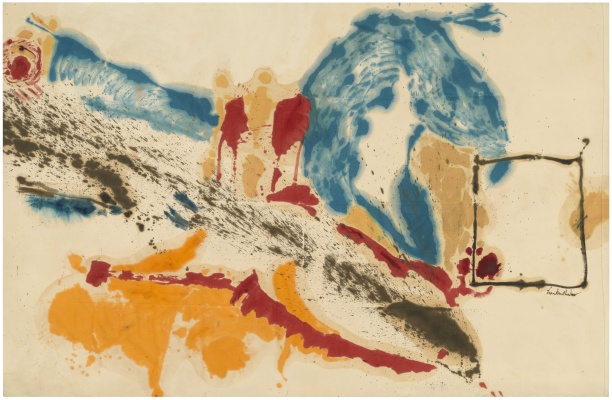Descripción de la Exposición
Your body is a battleground. We believe this affirmation to be true to this day. As true as it was when it beca me a statement for feminist artists and thinkers in the late 1980s. The social, political, gender and racial implications of this message are still equally relevant as well. Nevertheless, new questions arise, sorne of them unsettling, such as should our souls be considered a field of war too, or how deep does trauma sink into our spirits and reaches down to the roots of our culture and the core beliefs of societies. Can we -really- empathise with the struggle of the others, orare we stuck in hermetic compartments defined by our own privileges and life experience? And yet, the most disturbing question of all: can the scars persist beyond one lifetime, one given time period, and be fostered into future generations? Artists have found a sense of transcendence, of resilience and a notion of reparation; a way of connecting to one's past and to our collective memory, of creating a link to something bigger than subjective experience in isolation, either in the form of collective kinship or spiritual lineage.
Lawrence Abu Hamdan presents in For the Otherwise Unaccounted a repertoire of birthmarks that are far more than common elements of identification. Sorne believe that these peculiar features on the skin are related to reincarnation, and could be used to recognise an individual that would have been reborn from a past life. With this project, the artist insists on the spiritual presence of the physical body, and its capacity to pierce through one existence into another, keeping memories of a past life. He was inspired by the research of Dr. lan Stevenson -focusing on the claim to reincarnation rather than the ethnography of a single people- documenting testimonies that exist at the threshold of the law and people for whom injustices and violence have otherwise escaped the historical record dueto colonial subjugation, corruption, rural lawlessness and legal amnesty.
The notion of repair has been crucial in many of Kader Attia's later works, which imagine a possibility of healing that wouldn't erase the traces of the wounds. A mended object, such as theterracotta tajine platethat constitutes Visagéité, is a metaphor for larger cultural, historical and emotional processes of reparation linked with postcolonialism. The objects bare their scars, opposing the Western logic of a perfect, immaculate, restoration: a symbolic form of denial of the past. As certain authors have noticed regarding previous Attia's works, the trauma engendered by colonial legacies has been passed through generations, affecting those who were born after the end of that period. Every repair indicates both an initial state -before breakage- and a second one, which results from an episode in the history of the object. Allowing the "injuries" to be visible engages in a form of dialogue that cal Is for -and even compels- the empathy of the spectator.
A monumental installation such as Viento Negro (Ladrillos de sangre), implements Teresa Margolles' method of work of incorporating the matter, and the traces of violence over the bodies, in the very core of the work of art. Through her practice, the artist brings up the literal and symbolic presence of the flesh. The mud used to model each of the 1.500 tiles, was brewed with a cloth that had covered a corpse in the Colombian/Venezuelan border; the slabs were then fired in one of the brickworks of Juan Frío, an area were the paramilitary transformed many of these industrial ove ns in crematories. Vestiges of history and physicality become part of the artwork itself in a process that aims to build an anonymous memorial.
saadane Afif's Laocoon is a mobile made from a reproduction of an ancient sculpture, cut into pieces. The idea of a fragmented anatomy is connected to a long tradition in post-war and contemporary art, as for the title, it immediately evokes the famous Hellenistic group and the expressiveness that emanates from it. The antithesis of a classic ideal of statuesque grace is even more affirmed by the hazardous, movement of the pieces in balance. There is a profound tension between a sense of "civilisation" in contrast with the disorganised form of the figure. A tension that conveys historical and subjective narratives of cultural conflict.

Exposición. 11 abr de 2025 - 28 sep de 2025 / Museo Guggenheim Bilbao / Bilbao, Vizcaya, España

Formación. 08 may de 2025 - 17 may de 2025 / Museo Nacional Centro de Arte Reina Sofía (MNCARS) / Madrid, España